Both are very easy to understand. While performing a vertical analysis every line item on a financial statement is entered as a percentage of another item.

Difference Between Horizontal And Vertical Analysis Compare The Difference Between Similar Terms
Use basic financial analysis to examine any horizontal and any vertical changes in Starbucks accounts receivable fixed assets and debt financing balances over time.
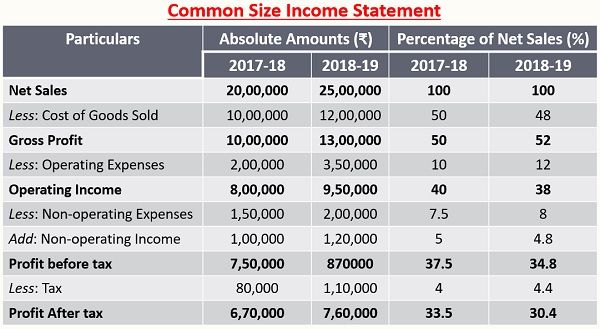
What do you understand by horizontal and vertical financial analysis. Horizontal analysis can also be compared with vertical analysis. Vertical analysis can become a more potent. Horizontal analysisalso known as trend analysis is a financial statement analysis technique that shows changes in the amounts of corresponding financial statement items over a period of time.
For example on an income statement every line item is stated in terms of the percentage of gross sales. Vertical analysis expresses each amount on a financial statement as a percentage of another amount. In Horizontal Financial Analysis the comparison is made between an item of financial statement with that of the base years corresponding item.
The statements for two or more periods are used in horizontal analysis. The vertical analysis of a balance sheet results in every balance sheet amount being restated as a percent of total assets. Horizontal analysis and vertical analysis.
It helps the shareholder understand the change and the percentage change. The primary difference between vertical analysis and horizontal analysis is that vertical analysis is focused on the relationships between the numbers in a. Whereas vertical analysis analyzes a particular financial statement using only one base financial statement of the reporting period horizontal analysis compares a specific financial statement with other periods or the cross-sectional analysis of a company against another company.
By contrast a vertical analysis looks only at one year. A vertical analysis compared to a horizontal analysis is excellent at showing what is happening within the financial statements of a company but. Horizontal analysis also called time series analysis focuses on trends and changes in numbers over time.
HORIZONTAL AND VERTICAL ANALYSIS OF THE BALANCE SHEET Just like we performed horizontal and vertical analysis on the income statement we can also run these calculations on the balance sheet when. Horizontal analysis compares financial information for one company with the same types of financial income for the same company in one or more previous years. On the other hand in vertical financial analysis an item of the financial statement is compared with.
It is a useful tool to evaluate the trend situations. What is the difference between vertical analysis and horizontal analysis. What is Horizontal Analysis.
Definition of Vertical Analysis. Two of the most common and effective ways to do so are horizontal analysis and vertical analysis. Vertical analysis is an accounting tool that enables proportional analysis of documents such as financial statements.
It places the facts very simply in front of the shareholder and makes the job of analyzing the improvements or the lack of it very simple for the shareholder. A horizontal analysis typically looks at a number of years. What is the difference between vertical and horizontal analysis.
Fortunately there are two forms of analysis that we can perform that will help us look at income statements and balance sheets of different sizes so that we can compare apples-to-apples they are. Taking a closer look at horizontal analysis and vertical analysis can help you understand the capabilities and limitations of each as well as the best ways to use both to drive growth and competitive strength identify areas in need of. Horizontal analysis is an important part of financial statements and annual reports.
It denotes the percentage change in the same line item of the next accounting period compared to the value of the baseline accounting period. Vertical analysis makes it easier to understand the correlation between single items on a balance sheet and the bottom line expressed in a percentage. Vertical analysis is better than horizontal analysis because it helps compare the financial statements of one company with another company which is not possible in the case of horizontal analysis.
For this assignment due in Module Four you will submit both a horizontal and vertical analysis of Starbucks accounts receivable fixed assets and debt financing. Horizontal analysis interprets the change in financial statements over two or more accounting periods based on the historical data. Lets start with horizontal analysis.
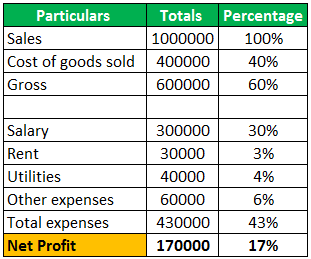
Vertical Analysis Formula Example Financial Statement Vertical Analysis
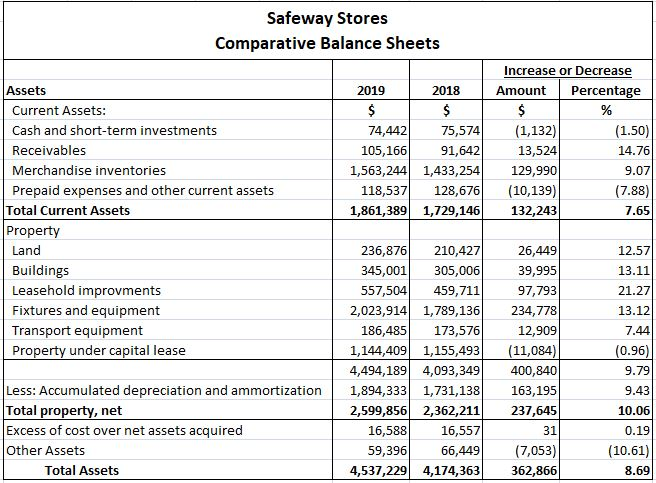
A Beginner S Guide To Horizontal Analysis The Blueprint
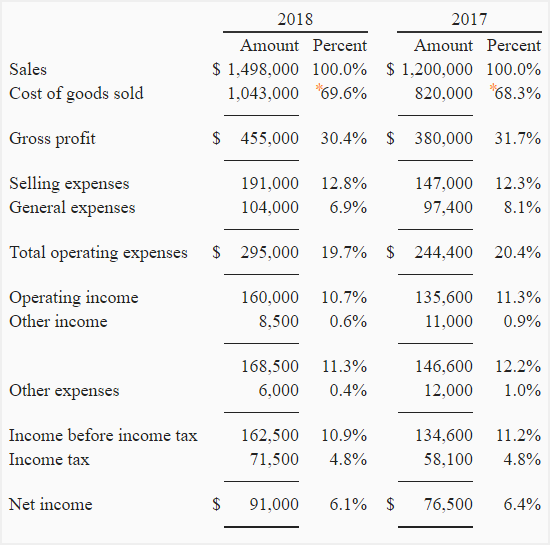
Vertical Common Size Analysis Of Financial Statements Explanation Example Accounting For Management
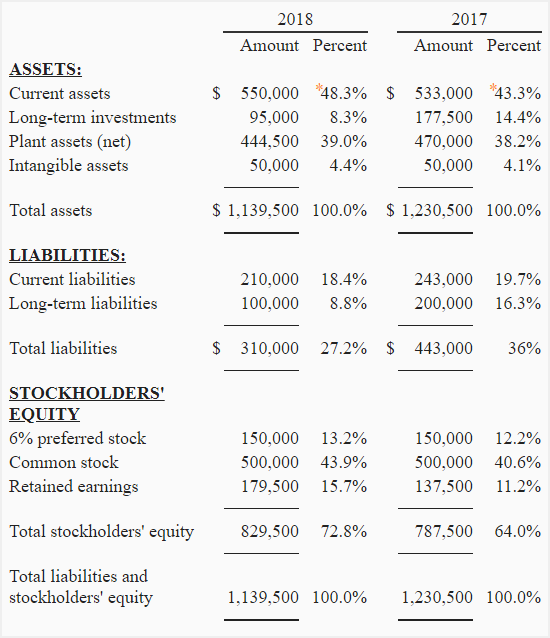
Vertical Common Size Analysis Of Financial Statements Explanation Example Accounting For Management
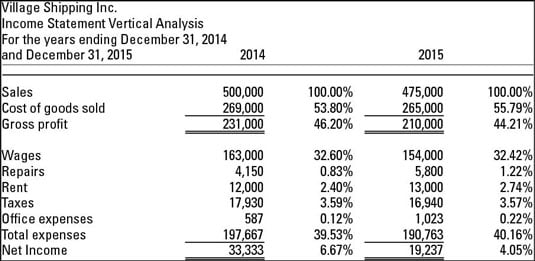
Horizontal And Vertical Analysis Dummies
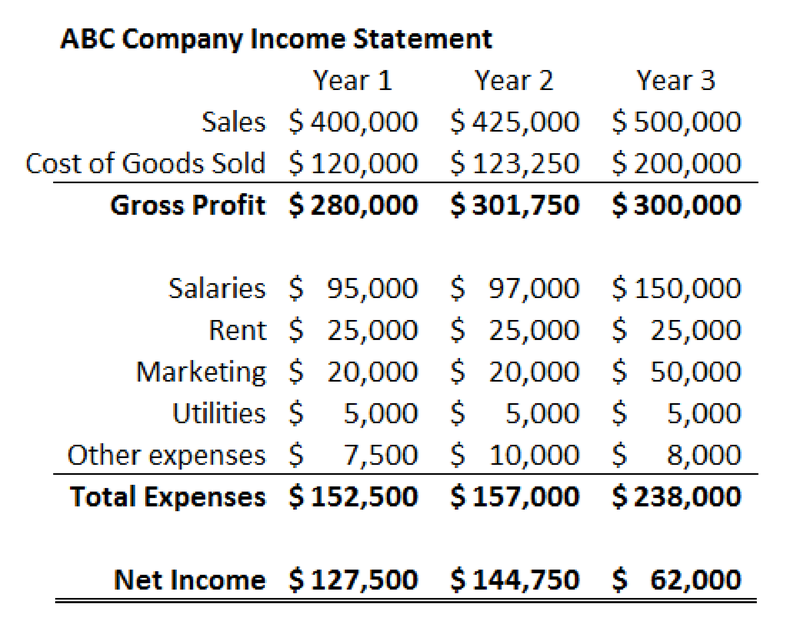
A Beginner S Guide To Vertical Analysis In 2021 The Blueprint

Difference Between Horizontal And Vertical Analysis With Comparison Chart Key Differences
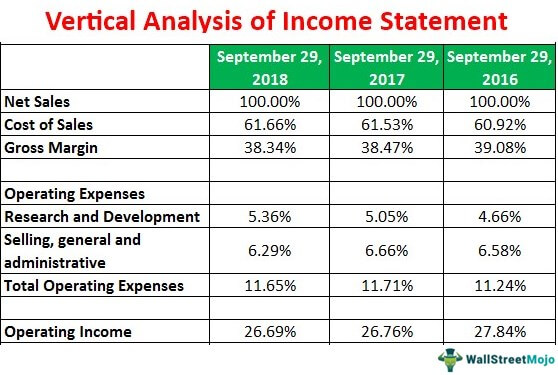
Vertical Analysis Of Income Statement Example Interpretation Limitation
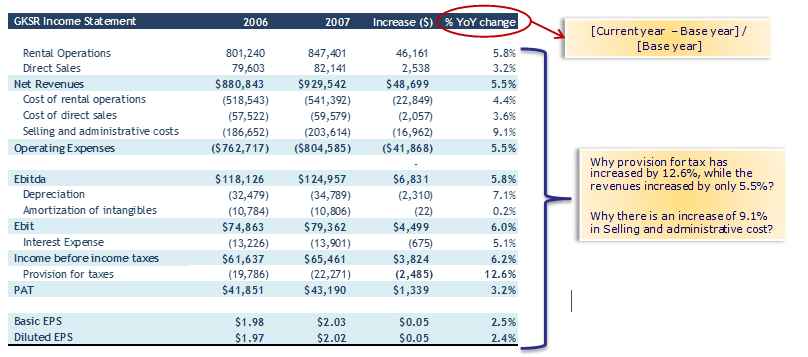
Types Of Financial Analysis List Of Top 10 Types Of Financial Analysis

Difference Between Horizontal And Vertical Analysis With Comparison Chart Key Differences

Horizontal Analysis Definition
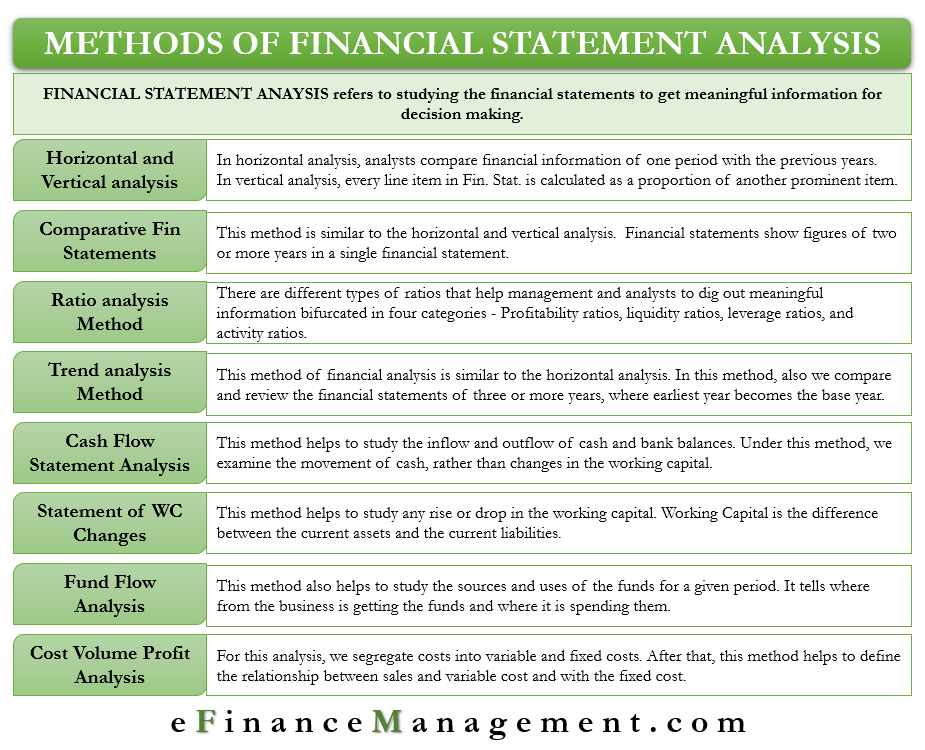
Methods Of Financial Statement Analysis All You Need To Know
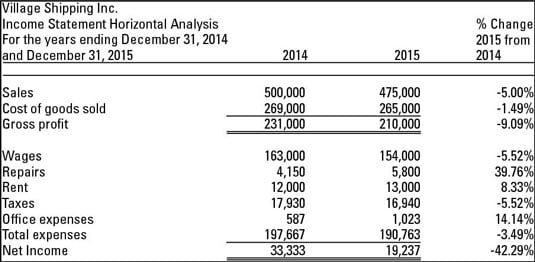
Horizontal And Vertical Analysis Dummies
Financial Statement Analysis Fsa Ratios Process Tools Uses Users Limitation Types

Difference Between Horizontal And Vertical Analysis Compare The Difference Between Similar Terms
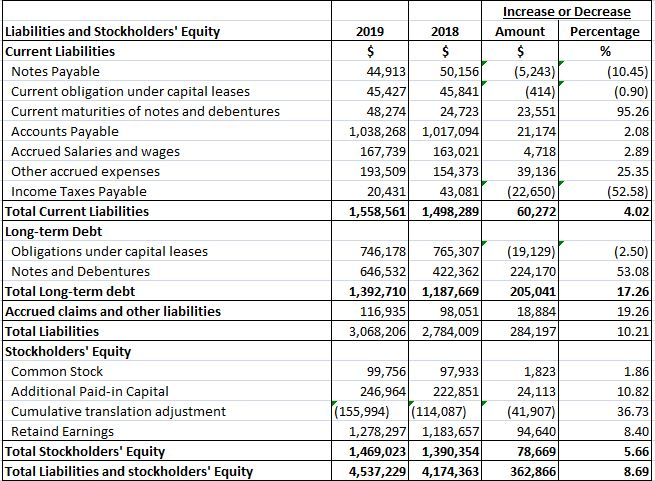
A Beginner S Guide To Horizontal Analysis The Blueprint
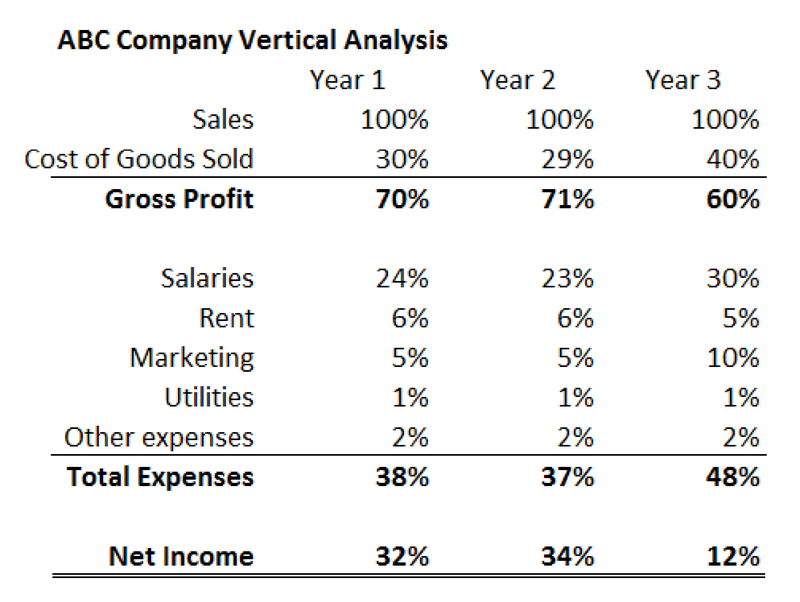
A Beginner S Guide To Vertical Analysis In 2021 The Blueprint
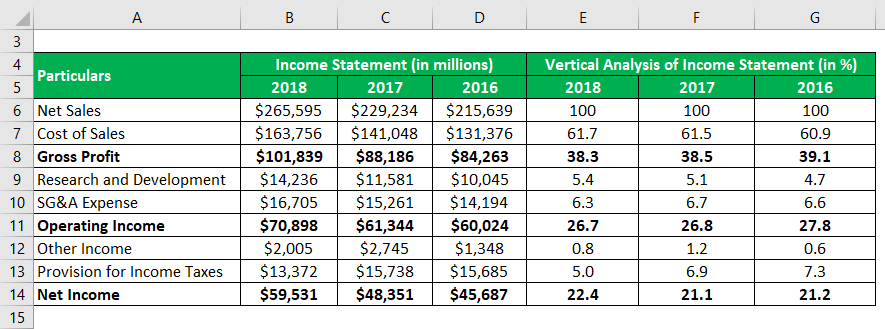
Vertical Analysis Of Income Statement Advantages And Disadvantages
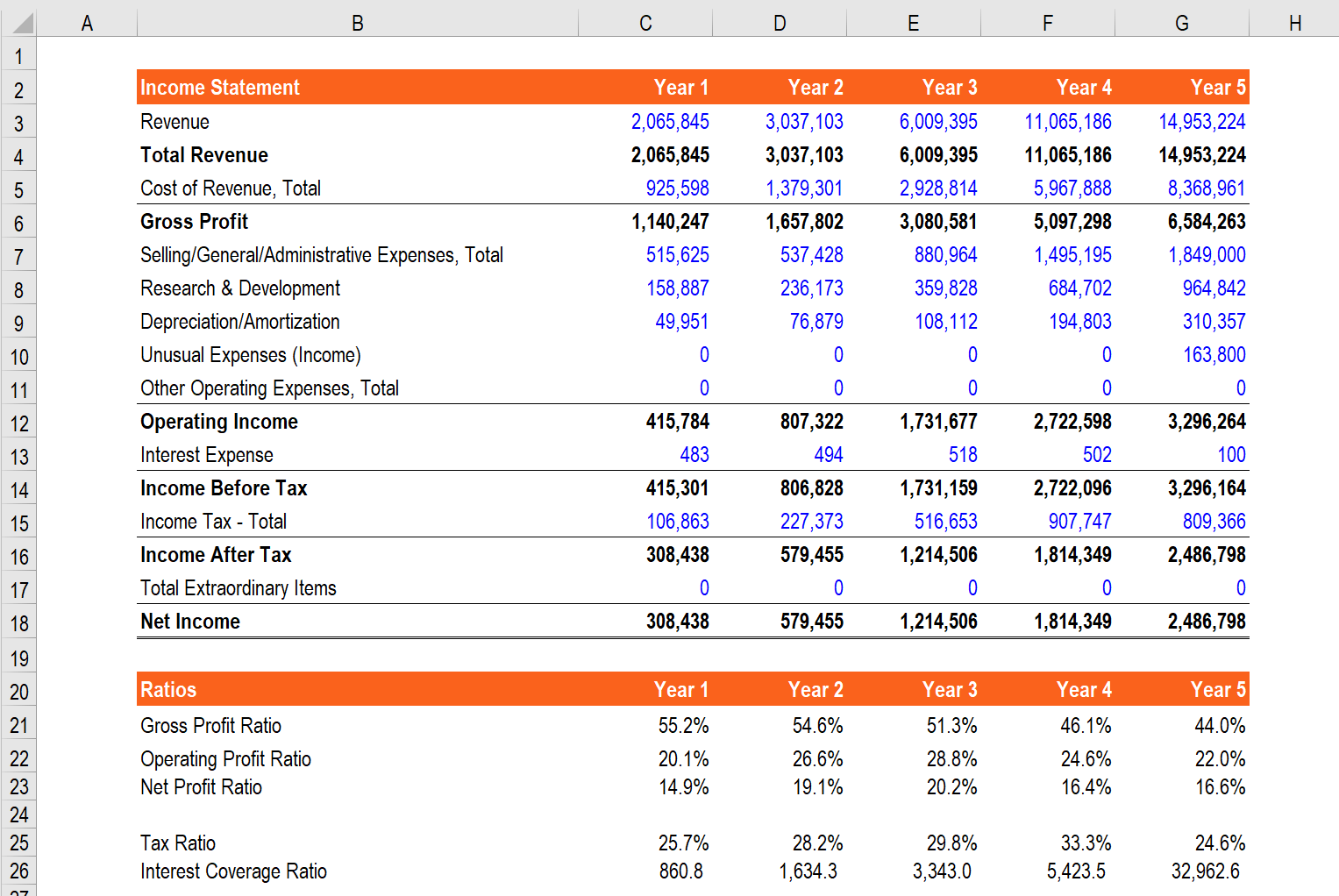
Financial Analysis Overview Guide Types Of Financial Analysis
